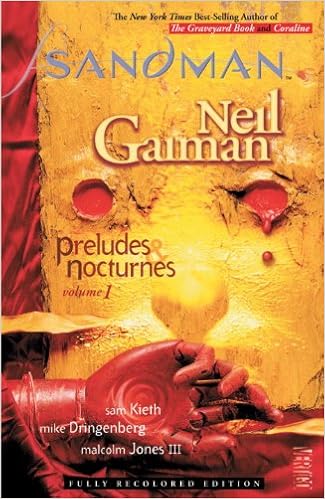
http://ecx.images-amazon.com/images/I/51olNH42HNL._SX329_BO1,204,203,200_.jpg
Bibliographic Information:
The Unlikely Hero of Room 13b By Teresa Toten
ISBN: 978-0553507867
2015 Delacorte Press New York, NY
Plot Summary:
This novel opens with
Adam Ross joining a counseling group for teens with OCD. Across from him sits a
girl who he instantly becomes infatuated with. The group all pick pseudonyms
for their sessions, mostly settling on superhero names. When Robyn choses to be
Robin, Adam picks the pseudonym Batman.
As time goes on, we
learn that Adam’s parents are divorced and his father is remarried with a 5
year old son who they all call Sweetie. Adam’s mother is a successful nurse,
but her veneer cracks in her home life. Their home has become so bad that Adam
is not allowed to invite anyone in.
Adam is relied on by
his step mother to calm Sweetie down when he is upset. Adam’s mother cannot
seem to say no and lets Adam go to his father’s house whenever he is called.
Adam begins a farce of
following Robyn out of the group therapy sessions. He discovers that she stops
at a gravestone in the cemetery every time. Robyn notices Adam headed in her
direction and they begin walking together, even though Adam cannot admit that
his home is on the other side of town.
As Adam and Robyn’s
relationship becomes closer, Adams OCD symptoms escalate. He feels pressure to
save his mother, help Robyn recover, and keep Sweetie on an even keel. This
pressure brings Adam to a breaking point and he has to rely on other’s to help
him recover.
Critical Evaluation:
The foreshadowing in
Adam’s story begins when he talks about not letting people into his mother’s
house. He overhears his stepmother talking about how dangerous the house is and
that he would be safer living with his father, step-mother, and brother.
Meanwhile, Adam’s
mother keeps receiving apparently threatening letters, but she will not share
them with Adam and he only knows about their arrival because of her agitated
behavior.
The ominous action
escalates as Adam’s OCD does. He has increasing problems with crossing
thresholds and it becomes impossible to open his own front door.
Adam’s neighbor takes
him in and comforts him, while he decides to go to his father’s house until he
can resolve this OCD behavior.
While Adam is staying
with his father, his symptoms are alleviated. He does less counting and is less
stressed out. He comes to the conclusion that his OCD is holding Robyn back
from her life in remission. This is a tough turning point.
Adam decides to go back
to his mom’s house and all the pieces that have led here become crystal clear.
Adam breaks through his threshold issue with the help of a friend and that also
moves his mother on to the road to healing.
Reader’s Annotation:
Batman is a superhero who cannot save himself.
Author Information:
TERESA TOTEN is well known in her native Canada. She is the author of the acclaimed Blondes series, as well as The Game, The Onlyhouse, and, with Eric Walters, The Taming. Winner of the Governor General's Award for THE UNLIKELY HERO OF ROOM 13B, she has also won or been nominated for numerous other awards. Teresa Toten lives in Toronto. For more information, visit her website at www.teresatoten.com or follow her on Twitter @TTotenAuthor
Retrieved from http://www.amazon.com/Unlikely-Hero-Room-13B/dp/0553507869/ref=sr_1_1_twi_2_har?s=books&ie=UTF8&qid=1438840417&sr=1-1&keywords=the+unlikely+hero+of+room+13b on 8/5/2015
Genre(s):
Realistic Fiction
Curriculum Ties:
Mental Health
Booktalk Ideas:
Booktalks
surrounding mental health topics, as many YA novels deal with different aspects
of mental health.
Reading level: Grade 7+
Interest age: Age 12+
Challenge Issues:
Issues may arise with fleeting drug references and references to bulimia and cutting.
Why I chose this book:
This is a relatively
new book which has great reviews in Kirkus, Booklist, Publishers Weekly and
many others. This book was recommended by a patron of the library as a
fantastic YA read for this year. I heartily agree and am happy to include it in
my collection.





